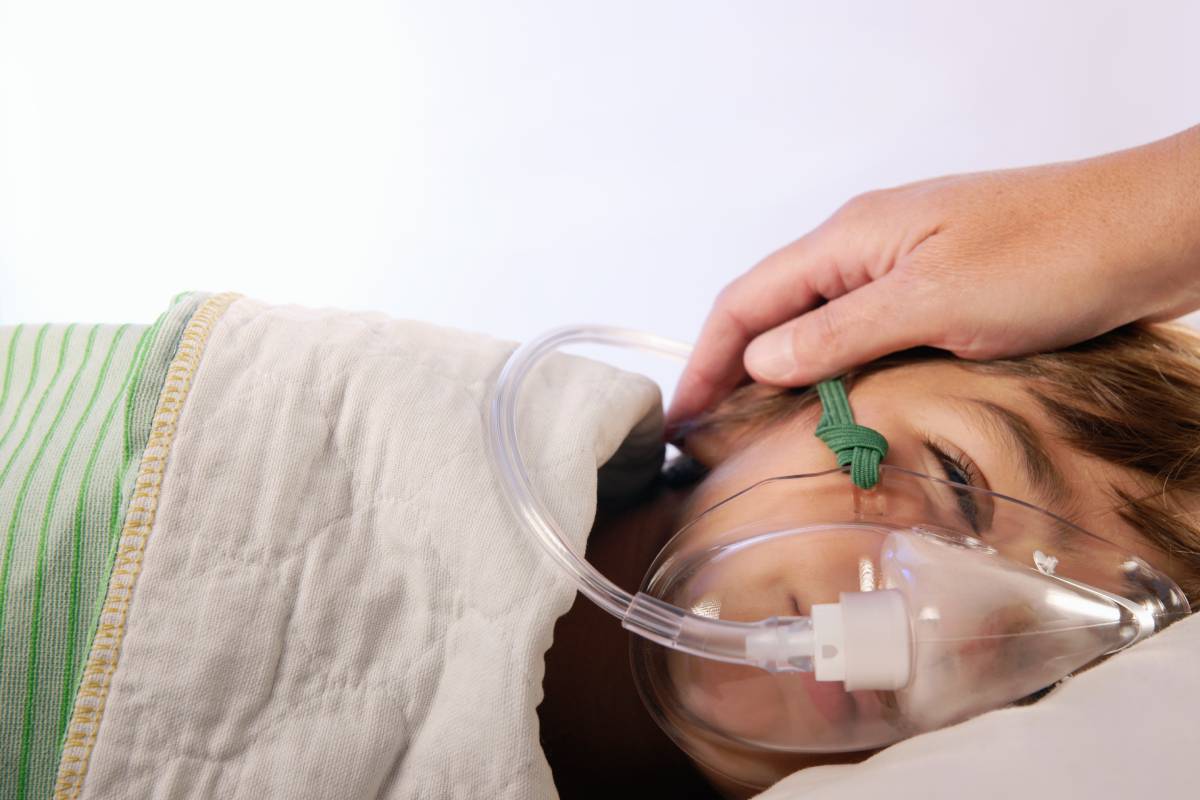Emergence delirium in pediatric patients is a common and distressing phenomenon that occurs during the immediate recovery period after general anesthesia. It is characterized by symptoms such as confusion, agitation, and inconsolability, which can lead to safety concerns for the patient and increased stress for caregivers (1). Identifying emergence delirium in pediatric patients requires careful assessment of behavioral and physiologic markers that indicate altered mental status in the postoperative period.
The Pediatric Anesthesia Emergence Delirium Scale (PAEDS) is one of the most widely used tools for diagnosing emergence delirium in children. This scale assesses behaviors such as eye contact, purposeful actions, and the child’s ability to be consoled. A study by Russell et al. (2022) demonstrated that the PAEDS has excellent diagnostic accuracy. The effectiveness of the scale in clinical practice highlights the importance of systematic assessment in the PACU. Furthermore, the use of the PAEDS facilitates early identification and intervention, which is critical in preventing potential complications associated with emergence delirium (1).
The exact etiology of emergence delirium remains unclear, but it is believed to be multifactorial. Factors contributing to emergence delirium include the type of anesthetic used, the child’s age, preoperative anxiety, and the presence of postoperative pain (2). Younger children, especially those between the ages of 1 and 5 years, are at a higher risk. In addition, rapid emergence from anesthesia, particularly with agents such as sevoflurane and desflurane, has been associated with a higher incidence of emergence delirium (3). Understanding these risk factors is essential for anesthesiologists and perioperative nurses to tailor their approach to optimize patient outcomes.
The management of emergence delirium is complex due to its unpredictable nature and variability in presentation. Pharmacologic interventions, such as the use of dexmedetomidine, have shown promise in reducing the incidence and severity of emergence delirium. Han et al. (2022) found that a single bolus of dexmedetomidine was more effective than propofol in treating emergence delirium (4). The sedative and analgesic properties that dexmedetomidine provides without significant respiratory depression make it an attractive option. However, individualized dosing and careful monitoring are recommended to optimize outcomes.
Non-pharmacologic strategies also play a key role in the prevention and relief of emergence delirium in pediatric patients. These include providing a calm and quiet environment, early involvement of caregivers in the recovery phase, and minimizing sensory overload (5). By reducing external stimuli and providing familiar comforts, healthcare providers can help ease the transition from anesthesia. Such approaches are particularly valuable in the pediatric setting, where patient comfort and parental involvement are key components of care.
The clinical implications of emergence delirium extend beyond the immediate postoperative period, as this condition can affect patient outcomes. Prolonged episodes can lead to longer recovery times, increased use of restraints, and increased likelihood of injury (1). Ongoing education and training of healthcare providers in the recognition and management of emergence delirium is essential to improve the overall safety and effectiveness of pediatric anesthesia care.
References
- Russell PSS, Mammen PM, Shankar SR, et al. Pediatric Anesthesia Emergence Delirium Scale: A diagnostic meta-analysis. World J Clin Pediatr. 2022;11(2):196-205. Published 2022 Mar 9. doi:10.5409/wjcp.v11.i2.196
- Menser C, Smith H. Emergence Agitation and Delirium: Considerations for Epidemiology and Routine Monitoring in Pediatric Patients. Local Reg Anesth. 2020;13:73-83. Published 2020 Jul 27. doi:10.2147/LRA.S181459
- Chen YC, Foster J, Wang ML, Rohmah I, Tseng YH, Chiu HY. Global prevalence and risk factors of emergence delirium in pediatric patients undergoing general anesthesia: A systemic review and meta-analysis. J Pediatr Nurs. 2024;77:74-80. doi:10.1016/j.pedn.2024.03.010
- Han X, Sun X, Liu X, Wang Q. Single bolus dexmedetomidine versus propofol for treatment of pediatric emergence delirium following general anesthesia. Paediatr Anaesth. 2022;32(3):446-451. doi:10.1111/pan.14381
- Kamienski MC, McCartney MA, McLaughlin M, Pallaria T. Pediatric Emergence Delirium: A Case Study. J Perianesth Nurs. 2019 Jun;34(3):668. doi: 10.1016/j.jopan.2019.02.004
